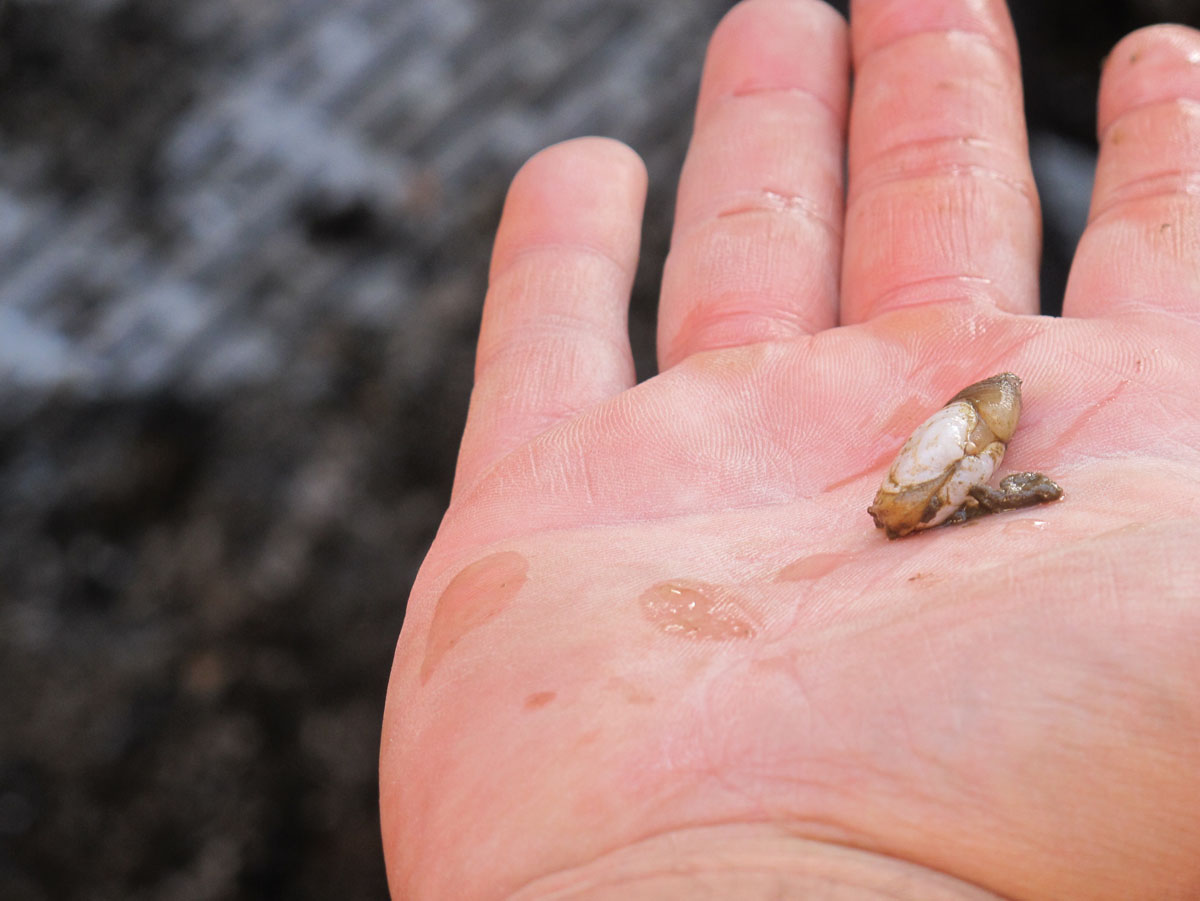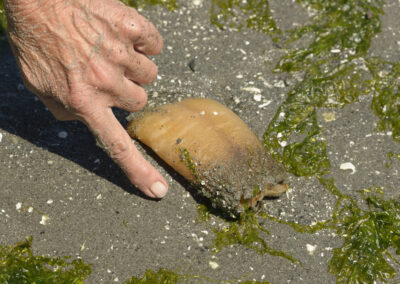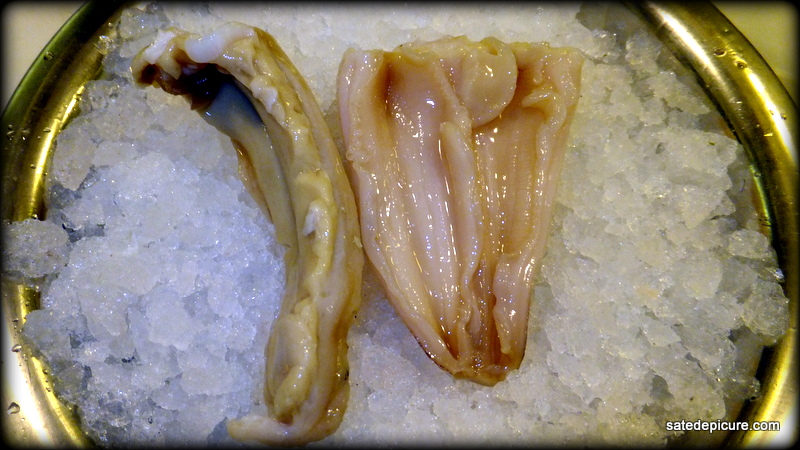
Geoducks are filter feeders, sucking plankton in through one tube and expelling waste out of another tube. Next, look for small holes in the ground, an indication that a geoduck is buried underneath. Sometimes people use walls or tubes to stop the walls of the pit from collapsing. Since the geoduck is buried underground, you must excavate a pit to stand in. So messy that geoduck digging was featured in an episode of Dirty Jobs. When it comes time to harvest geoducks, it’s a messy business. On average, only one geoduck will survive to adulthood. After one or two years, the pipes and netting will be removed.


The pipes are then covered with netting to ward off predators. To give them protection, PVC pipes are planted into the sand, and about three geoducks are placed inside each one.

When you examine one closely, you can see that there’s plenty of other sea creatures in the rack besides geoducks, including predators like starfish.Īt this stage, the geoduck is about the size of a quarter, with a tiny siphon and thin shell the size of your fingernail.Īfter the geoducks leave the nursery, they are planted on the beach, where they’ll spend the next few years growing out to market size (1.5-2 lbs). On this day, the racks were being cleaned. These racks are lowered into nutrient-rich water and the geoducks can grow and be monitored regularly. Similar to the FLUPSY for oyster and clams, Taylor Shellfish developed a nursery for geoducks which contains hard-packed sand for burrowing. It takes 6 years to raise a geoduck to market size, and while an adult geoduck has few predators besides humans and can live for over 100 years, the mortality rate for juvenile geoducks is quite high. The price reflects the high demand and low supply for geoduck. Given its high market value (about $100-150/lb in China), cultivation of geoduck has soared in Washington and British Columbia. Just keep in mind that geoduck will toughen when it’s cooked, so a quick blanche is all you need. Geoduck (pronounced “gooey duck”) is a large burrowing saltwater clam, with delicate, sweet meat and a crisp texture that makes it perfect for raw preparations like crudo or sashimi. It’s also prized by diners as a rare, high-end treat. It’s big, it’s alien, it’s elephantine, it’s borderline obscene. The size of individual Geoduck varies between 350-750 grams.There’s no question that the geoduck turns heads wherever it goes. This is a feature unique to wild caught Geoduck. Whilst golden in colour on the outside, the flesh is a translucent to light cream colour that varies within the locale and substrate that the Geoduck are harvested from. In blind taste tests against other countries, the New Zealand species equaled the Canadian Geoduck. The flavours of New Zealand Geoduck range from an oyster through to scallop and is generally observed to be of a world class standard. This is an exciting development for the Geoduck industry in New Zealand, with preliminary surveys suggesting that high densities of Geoduck may extend well beyond traditionally fished beds. This company has secured a special permit from the New Zealand Government to catch large numbers of fish that, in turn, will help scientists investigate fish stocks and new fishing areas. The largest quantities have come from Golden Bay in the South Island where 100 tonnes were harvested in one year”.Ĭurrently, PZL Harvesters Ltd is the only company fishing for Geoduck in New Zealand. They remain submerged for their entire adult life, filter feeding through a pair of elongated siphons.Īs noted in Wikipedia “the species, Panopea zelandica, found in New Zealand…has been harvested commercially since 1989.

Geoduck grow in the same static position for their entire life and, as they grow, they bury themselves up to a metre deep in sandy seabeds around New Zealand. Geoduck is a bivalve mollusc that is one of the world’s largest and longest-lived clams. New Zealand Geoduck (Panopea zelandica) or Deepwater King Clam is one of the world’s most unique seafood delicacies harvested from New Zealand’s pristine coastal waters.


 0 kommentar(er)
0 kommentar(er)
